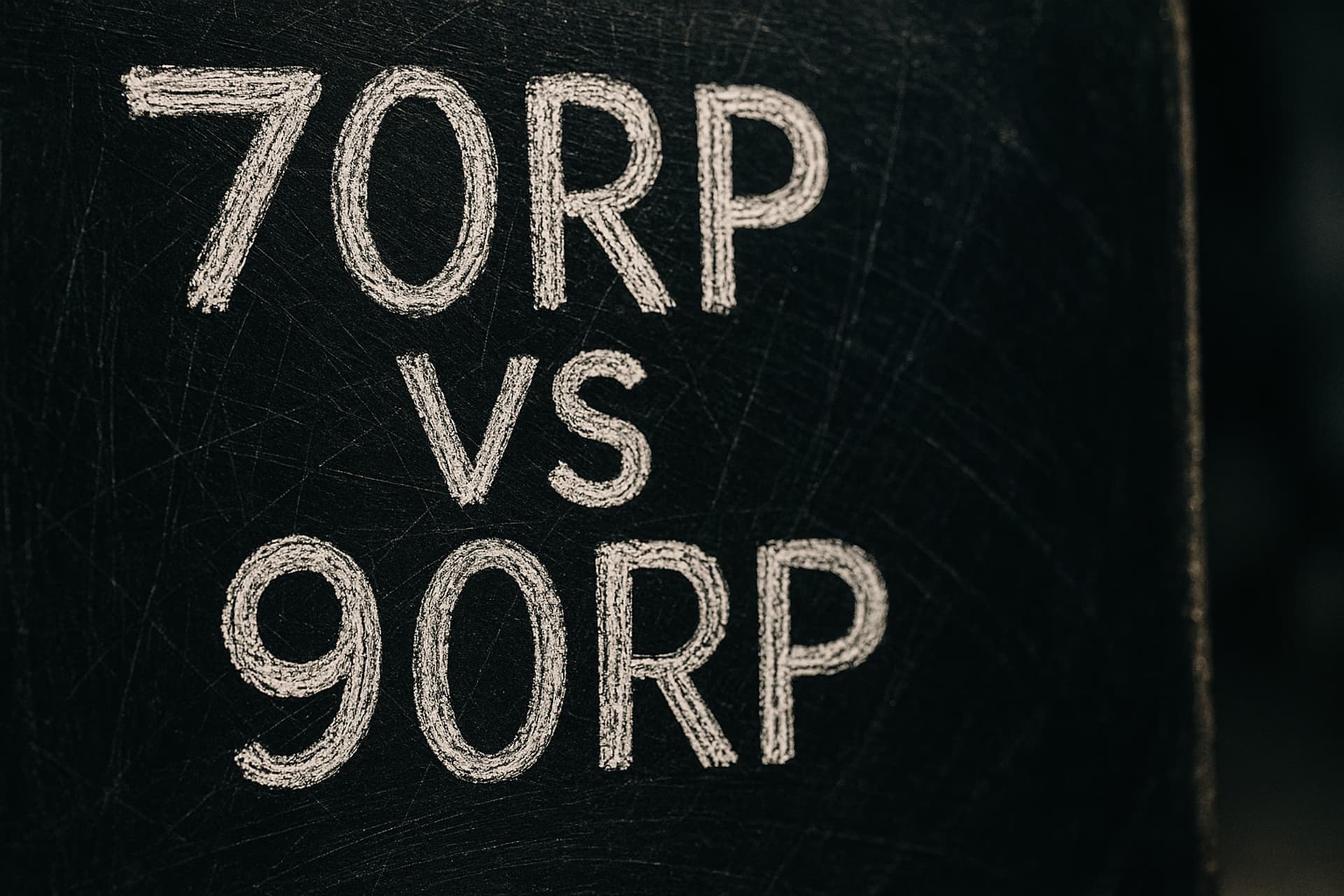O-Level Chemistry Thermal & Calorimetry Investigations
Download printable cheat-sheet (CC-BY 4.0)06 Nov 2025, 00:00 Z
A
Reviewed by
Azmi·Senior Chemistry Specialist
Want small-group support? Browse our IP Chemistry Tuition hub.
TL;DR
Paper 3 regularly probes exothermic/endothermic reactions via temperature tracking, and the SEAB syllabus expects candidates to manipulate calorimeters, probes, and data-loggers confidently.
Planning marks rely on setting up insulated apparatus, identifying key variables, and referencing the polystyrene cup equipment on SEAB's apparatus list.
To unlock MMO/PDO/ACE marks, record temperatures at consistent intervals, extrapolate maximum temperature changes, quote uncertainties, and recommend refinements to reduce heat loss.
Loop Back to the Chemistry Hub
Use our O-Level Chemistry Experiments hub to keep this drill aligned with the rest of your Paper 3 practice set.
1 | Thermal experiments in the syllabus
- SEAB's Paper 3 techniques include “speeds of reaction that may involve measuring of quantities, e.g. temperature,” and the apparatus list explicitly features a polystyrene (or plastic) cup of ~150 cm³ for calorimetry (SEAB 2026 syllabus, pp. 27 – 28).
- Planning, MMO, PDO, and ACE descriptors require candidates to design controlled methods, take precise readings, present data effectively, and evaluate errors (SEAB 2026 syllabus, pp. 25 – 26).
- The MOE Safety Guidelines for Science Laboratories (latest edition circulated to schools after the public PDF was removed).
2 | Planning the calorimetry workflow
- Aim & equation. Example: “Determine the temperature change when dilute hydrochloric acid reacts with sodium hydroxide.”
- Variables. Fixed volumes (e.g., 50 cm³ each), initial temperature equilibration, insulation (polystyrene cup + lid), stirring rate, and reaction order of addition.
- Apparatus. Polystyrene cup in a 250 cm³ beaker for stability, thermometer (–10 °C to +110 °C), measuring cylinders (50 cm³), glass rod, stopwatch, and data-logger thermometer (if provided).
- Method.
- Record initial temperatures of both solutions.
- Combine reactants rapidly in the cup, stir, and record temperature every 30 s until a maximum (or minimum) is observed and the mixture begins to cool.
- If plotting a cooling curve, continue for several minutes after the peak to allow extrapolation back to the mixing point.
- Risk assessment. Highlight acid/alkali hazards, the need for goggles, and safe disposal of neutralised mixtures.




